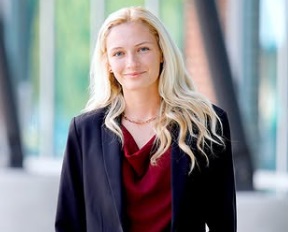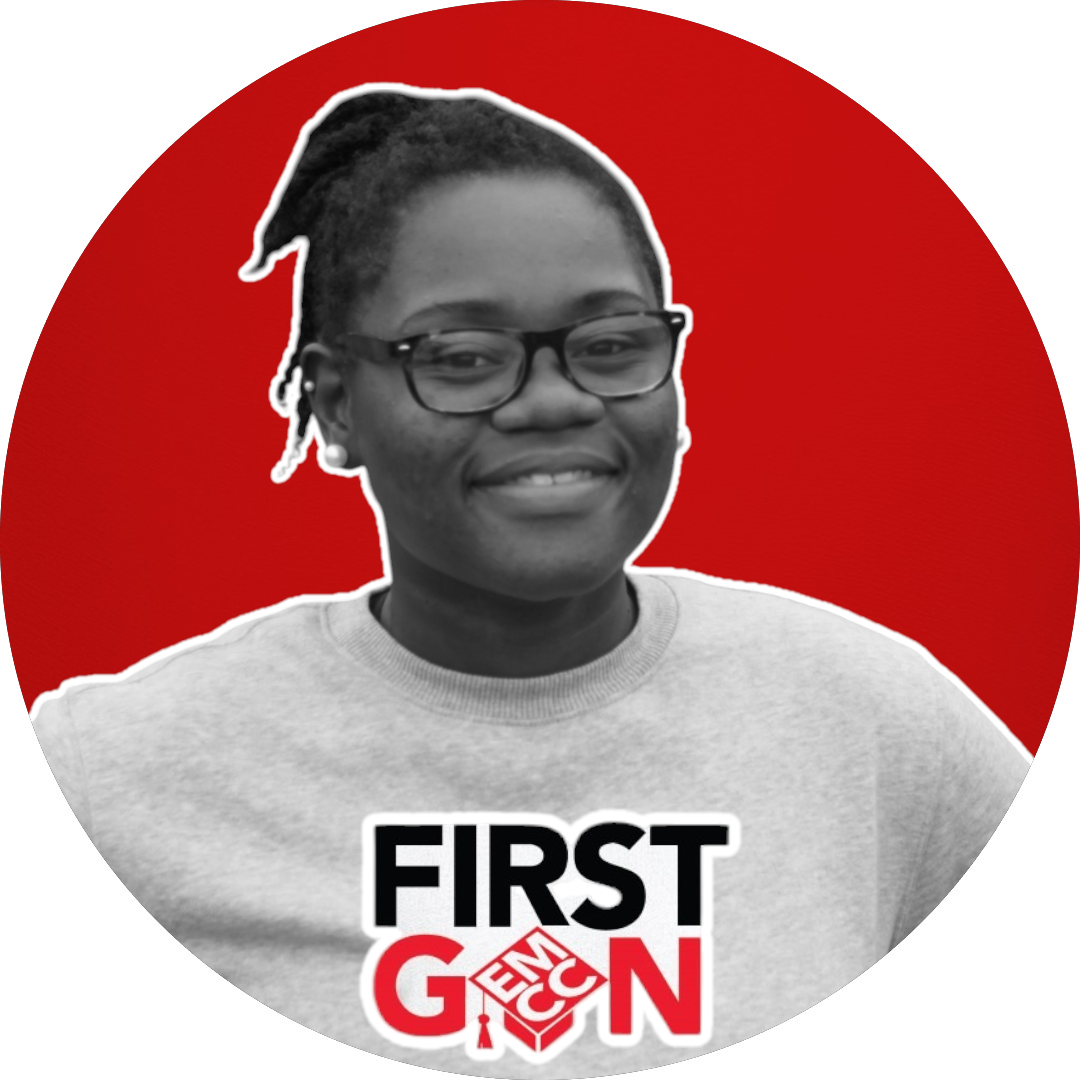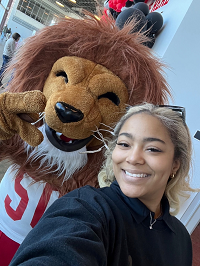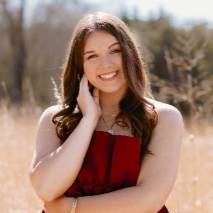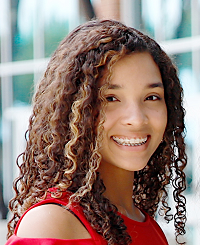12jan
EMCC STUDENT LANDS NASA COMMUNITY COLLEGE AEROSPACE SCHOLARS MISSIONS
News
January 12, 2024
East Mississippi Community College sophomore Nick Grabbs completed two missions through
the NASA Community College Aerospace Scholars (NCAS) program last year and is embarking
on a third mission this month that will culminate with a trip to the Armstrong Flight
Research Center, NASA’s primary center for high-risk, atmospheric flight research
and test projects in Edwards, California.
Grabbs, a resident of West Point, applied for NCAS’ “Mission 1: Discover” last summer
after EMCC Scooba campus Mathematics and Science Chair Division Chairperson Marion
Smoot emailed information about the program to the college’s students.
“I saw the email was dealing with NASA and opened it,” Grabbs said. “I thought it
sounded interesting, went to the NCAS website, and applied. That all came about because
of her email.”
Grabbs was among a group of 500 students selected nationwide to complete the mission,
which consisted of a five-week, online course designed to provide a broad overview
of NASA and the knowledge needed to advance to subsequent NCAS missions.
“NCAS strives to advance community college students' knowledge and capabilities in
STEM by providing them with STEM challenges, focused on NASA’s mission goals, collaboration,
and career pathways,” NASA Project Coordinator III for NCAS Dr. Courtney Rae Ricks
said. “Our activity prepares and encourages our students to one day return to NASA
and our affiliates through internships and the workforce to help propel the Artemis
generation.”
Each week participants would study one of the National Aeronautics and Space Administration’s
five mission directorates: aeronautics, exploration systems, science, space operations
and space technology.
Grabb’s final project consisted of creating an infographic on NASA’s Exploration Systems
Development Mission Directorate, which manages systems that support humans during
lunar orbital, lunar surface and Mars exploration, according to NASA’s website.
Students who successfully completed Mission 1 were invited to participate in “Mission
2: Explore.” Unlike the first mission, in which Grabbs worked alone, the second mission
consisted of teaming up online with other students to accomplish a designated task
in which each participant was assigned a mock role as a NASA employee.
“My team designed a mission to search for water on the lunar south pole,” Grabbs said.
“We built a CAD schematic of a rover equipped with different sensors that we would
use. We came up with an exploration plan based on previous NASA data that revealed
where they thought the best location would be to search for water.
“There was a systems person that integrated the software and the hardware to run the
robot. We had a lunar surface ops person who did the site selection and put together
a map of where we would go and how we would scout for the water. Then we had a sort
of communications person who would take the data we gathered and present it back to
NASA and the public.”
During both missions, the students participated in online discussions with NASA subject
matter experts.
“I talked to one NASA employee who worked on the optical lens for the James Webb Space
Telescope that’s bringing back all of these great pictures and images we’ve been seeing
lately,” Grabbs said.
Another subject matter expert who visited with the students is researching E-Sail
propulsion technology, which offers the potential for harnessing solar wind to power
deep-space travel.
“That was probably the most amazing thing about all of it, getting that level of access
to people who are working on stuff we see in use at NASA and to talk to people who
are doing all of this great research,” Grabbs said. “I can’t say enough about how
inspiring these people are.”
A smaller group of about 120 students advanced to a capstone project option of NCAS’
“Mission 3: Innovate,” which will include an engineering design challenge. The mission
kicks off Jan. 16 and includes two weeks of online activities centered around current
challenges faced by NASA mission directorates.
On Jan. 29, Grabbs will fly out to California for four days at Armstrong Flight Research
Center, during which the students will develop possible solutions to a capstone problem
and report their findings to a panel selected by NASA.
“I am really looking forward to going out there and seeing some of the things that
NASA is working on in person,” Grabbs said.
Grabbs, 43, is a nontraditional student who resides in West Point with his wife, Christine,
and their two children, James, 9, and Clementine, 5. Grabbs, a native of Terrell,
Texas, moved to West Point in 2018. He will complete his studies in pre-engineering
at EMCC this summer. After graduating, he plans to enroll at the Bagley College of
Engineering at Mississippi State University.
“I feel like I am probably midpoint in my working career, and I wanted to acquire
new skills that will enable me to branch out and do something interesting for the
next 20 years,” Grabbs said.
With nearly 21 years of experience as an engineer and programmer for T-Mobile, Grabbs
said earning an engineering degree from an institution of higher learning could lead
to a new role with his employer. In January, T-Mobile announced SpaceX’s Falcon 9
rocket launched the first set of Starlink satellites with Direct to Cell capabilities.
“There is a possibility I could work in that area for T-Mobile,” Grabbs said. “If
that does not work out the thought of working for NASA is something I would definitely
be interested in doing after participating in the NCAS missions.”
Grabbs said he would encourage other students to apply to the NCAS program.
“NCAS has done so much for me I feel that I need to tell as many people as I can about
it,” he said. “I want to pay that back.”
NCAS’ next registration period opens in April of 2024. Information about the NCAS
program is available here: https://bit.ly/3tOn8cN
“This is a fantastic opportunity for students interested in any of the STEM fields,”
Smoot said of the NCAS program. “I am excited for Nick and appreciate that he took
the initiative to apply for the program. Students with a degree in STEM fields are
in high demand worldwide and there is the potential for employment at private companies
and governmental agencies like NASA that are doing important work.”



 Visit a Campus
Visit a Campus
